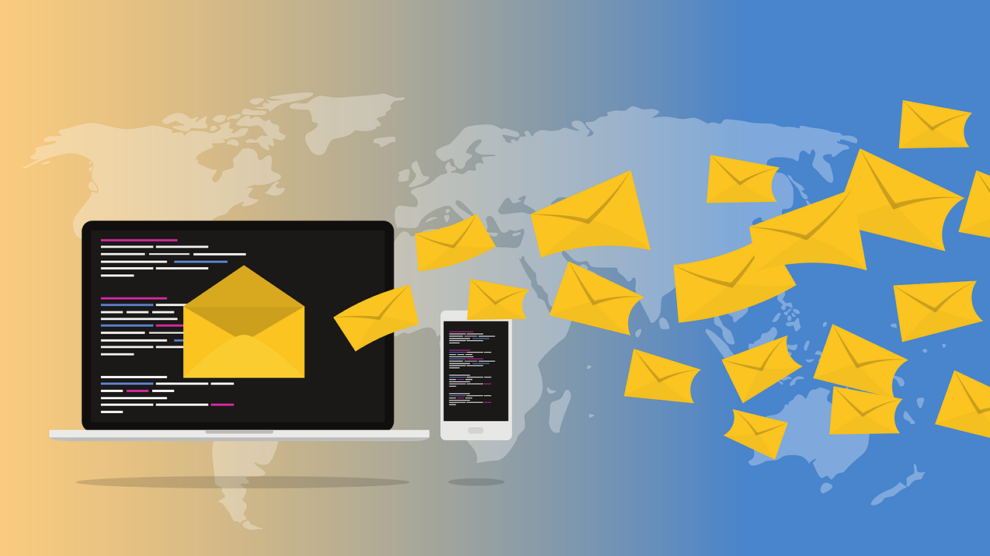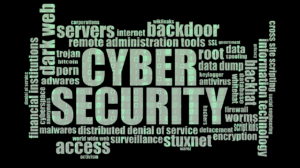Email marketing is a classic yet profitable way to reach out to target customers. You can’t ignore the fact that email has an impressive ROI. In fact, for every $1 you spend, you can get $36 in return!
However, every marketer and sales representative needs effective email sequences to generate sales or achieve other business goals. Even for experienced marketers, creating email marketing sequences can get more challenging over time.
This article can come in handy if you aim to escalate your email marketing to close more deals. We’ve rounded up some best practices to create effective email sequences that work for any industry.
Before delving deeper into the main discussions, let’s briefly learn more about email marketing sequences to warm up first, shall we?
What is an Email Marketing Sequence?
An email marketing sequence is vital for spreading brand awareness and pulling in customers. In a nutshell, it refers to a series of emails you send to target customers to make them convert.
Marketers commonly use software to create and send their email sequences, but some may do it manually. However, every marketer may have different objectives for designing email sequences.
Some marketers want to see replies from their target audiences. Meanwhile, others may want to drive people to sign up for their platforms or purchase products from their stores. You should also have clear goals before creating email sequences as a marketer.
Important Aspects of Email Sequences
There’s no one-size-fits-all email sequence. Every marketer must develop their email sequences based on their needs and goals. However, here are some general rules to make high converting emails.
Personalization is an essential attempt in email marketing. It makes your email more natural and less like one-for-all promotional emails.
Visual media is excellent for attracting and engaging audiences. You can add images, product explainer videos, infographics, and social proof to your target buyers.
Killer subject lines are crucial as they’re at the frontline to greet your recipients. So personalized subject email that drives curiosity is necessary to make recipients open your email.
Language and formatting are also important to make your email sequence drive sales. Use a language style that resonates with your business. Moreover, your email formatting must be easy to follow and understand.
CTAs are the agents that will define audiences’ final decisions. A clear and powerful CTA is necessary for every email sequence you create. Besides, using a captivating CTA design will boost your email performance.
The above points are elements that play a vital role in your email marketing. The following discussion will give you a more in-depth elaboration of the practices for developing converting email sequences.
How to Create Email Sequences that Drive Sales
In the sea of live-action and animated commercials, email stands still as one of the most powerful marketing media. It’s cost-efficient and suitable even for small enterprises to expand their business.
As your email marketing sequences appear at the frontline of your target customers, crafting them in the best way is necessary. One way to help you stay efficient is by using email software to automate your progress.
Below we’ve pieced together six ways to create email sequences for any business. Keep scrolling to explore the details!
1. Define Your Goals
Marketers carry different goals. Identifying what you want to achieve helps you structure better email sequences and measure their performance easier.
If your goal is to drive more sales, your focus should be getting them to try a free trial or book a meeting. Therefore, your language, tone, CTA, and media should relate to your goal.
Email marketing software also has a scheduling feature that instantly lets audiences set a meeting date. Defining your goals helps you structure your sequence and find proper integration to feature your email.
2. Create Enrollment Criteria
Creating enrollment criteria helps you automate sending email sequences to target audiences. Your enrollment criteria will be the trigger to run the automation system on your email marketing software.
In order to set up your enrolment criteria, you must come up with the conditions that qualify contacts into your prospects. For instance, you can send your sequence to those who fill out your form, visit a specific page on your site, book a meeting, request a demo, or others.
Generally, you can create enrollment criteria on your CRM or email marketing software. Some even let you automate every process relating to capturing prospects.
3. Decide the Number of Emails You Want
No rule of thumb defines the number of emails included in your sequence. However, the best way to decide how many emails you need to send is to identify your customer behavior.
You need to find out your customer persona to know the sales cycle. You will learn the average time frame prospects need to finally become buyers. For example, your buyer persona is four weeks, so you must send at least two weekly emails to maintain engagement.
In that case, you need eight emails in your sequence. Every email you launch should include value to audiences to encourage them to give a response.
4. Write the Emails
Your email marketing sequence will go to many recipients, so it’s best to make it evergreen. The most challenging part is to make it general yet personal enough for your prospects, just like a customer service emails.
To give a personal touch to your audiences, you can personalize your email by referring to their name, business, or other personal information. Most email marketing software has personalization features for you to automate everything.
A personal touch, such as greeting them by name or mentioning their business, is a great way to create a balance in an evergreen email. Moreover, write valuable emails by pinpointing their problems and offering solutions.
It’s better to be straightforward to prevent any confusion. Clearly state your purpose, add media or social proof wherever appropriate, and include a captivating CTA to drive prospects to convert.
5. Input Your Sequence and Build Automation
After you have your email sequence ready, the next step is to input it into the system. This process is relatively simple, as you only need to copy-paste your emails into your email software.
This way, everything can be automated. You need to set up automation to build the workflow. From the previous works, you can set up the prospect enrollment criteria and decide on actions that will trigger the email to launch.
Building an automated system also requires you to identify the time frames for every action, like sending follow-up or automatic emails to respond to specific queries.
6. Run a Test
Run a test before wrapping up everything. You can enroll yourself or your teams to see if your email sequence’s performance meets your expectations.
You can see whether or not your personalization system, featured media, or other functions work optimally. It also lets you see your email sequence on different devices.
If something doesn’t feel right, you can make adjustments immediately. This way, it helps you craft an effective email marketing sequence and prevent any trivial mistakes.
Takeaway
Despite email marketing being a classic way to approach target customers, it remains one of the most effective ways to drive sales. Contacting prospects through emails also allows you to build better relationships with target audiences, resulting in long-term benefits.
Besides, global email marketing revenue will keep growing year after year. At the end of 2023, the revenue of email marketing is predicted to reach almost 11 billion.
The above points can help you to create email marketing sequences. The intuitive nature of your email software will come in handy for automating any process and help you be more time efficient.





